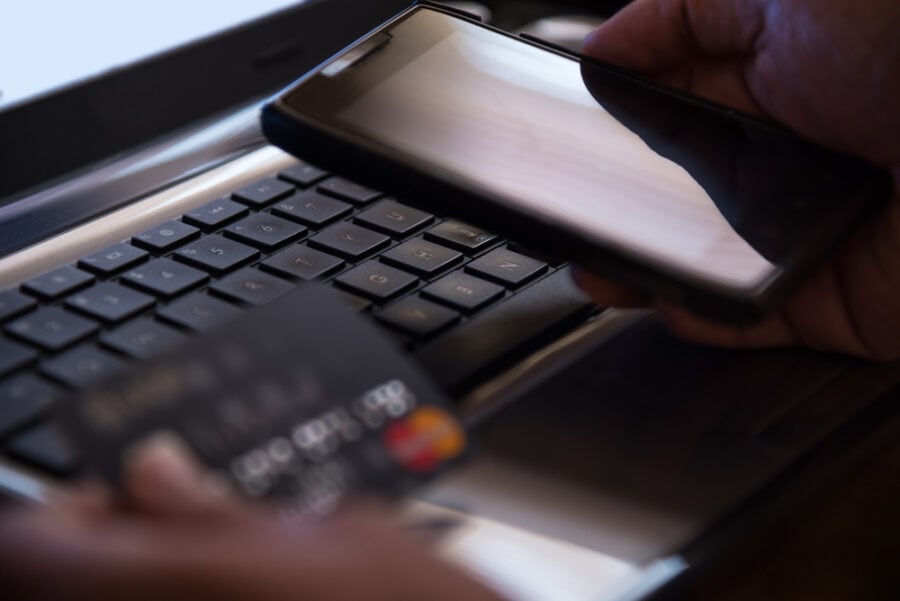Mobile banking grew 50% globally in the first half of 2020 as consumers embraced the convenience — and growing necessity — of digital payments, Toufic Rahal, Regional Manager at Entrust writes.
In response to this growing trend, and in line with the UAE’s vision to create a digital economy, the nation introduced new technologies to cater to evolving customer needs, enabling transactions to be completed anytime, anywhere.
However, the potential for financial information to be breached by bad actors is surging, with global identity fraud losses reaching $56 billion. And that doesn’t include indirect costs such as damaged reputations or time spent remediating the situation.
In The Great Payments Disruption report, Entrust found that most respondents have concerns about digital banking and the potential for fraud. In fact, 94% of consumers in the UAE were concerned about the potential of banking or credit fraud as banking becomes digital.
Given this risk, it’s imperative for financial institutions to adopt strong security postures. The financial institutions that will be victorious in the battle for consumer loyalty will be those that invest in a full suite of anti-fraud security solutions and provide ongoing education for their customers.

Findings from The Great Payments Disruption report
Consumer demand is high for digital banking. The report found that 61% of UAE consumers prefer to bank online.
But just because consumers are eager for digital experiences doesn’t mean they’re willing to compromise on security. Nearly half (42%) of UAE respondents were notified of a personal banking or credit fraud in the past 12 months. These incidents clearly damage customer loyalty, as 60% of respondents later changed their bank or credit union as a result.
Financial institutions have a lot to lose from fraud. Given the amount of competition in the space, today’s consumers have more options for who to do business with than ever before. To avoid these consequences, banks and credit unions will not only need to improve their security offerings but also communicate with customers about how advanced technology keeps their payments and accounts secure.

3 ways to secure payments and ease customer concerns
Given the major concerns that consumers expressed about fraud, banks and credit unions need to strengthen their security posture with high-quality security tools that help reduce the frequency and severity of data breaches.
By investing in advanced technologies, you can capitalize on consumers’ growing interest in digital banking right now and more importantly, keep your customer base for years to come. You’ll want to consider a security portfolio built on trusted identities, data, and payments.
1- Tokenize sensitive information: First, ensure sensitive customer data is protected at its source and when shared using tactics like tokenization or encryption. When a consumer charges a cup of coffee to their contactless credit card, instead of sharing the credit card number directly, you can provide a merchant-specific encrypted token for each purchase. In the event the coffee shop suffers a data breach, your customer’s payment information is unreadable to hackers and effectively worthless.
2- Authenticate identity: In addition to protecting sensitive data, be sure to leverage a process known as authentication. Considering that 61% of breaches are caused by stolen or compromised credentials, authentication effectively blocks the majority of today’s attacks. Tactics like passwordless access, device reputation management, transaction verification, and adaptive authentication can help fight fraud without disrupting the consumer experience.
3- Educate customers: While customers don’t need to know the mechanics of your security technology, you should still provide them with ongoing education about your institution protects their accounts.
The dawn of a new banking landscape
We’re living in the “Great Payments Disruption”, with banking digitally transforming, contactless payments becoming more common, and cryptocurrencies surging in popularity. With more payment options and financial institutions to choose from, it’s critical to give customers flexible, convenient, and secure payment methods.








